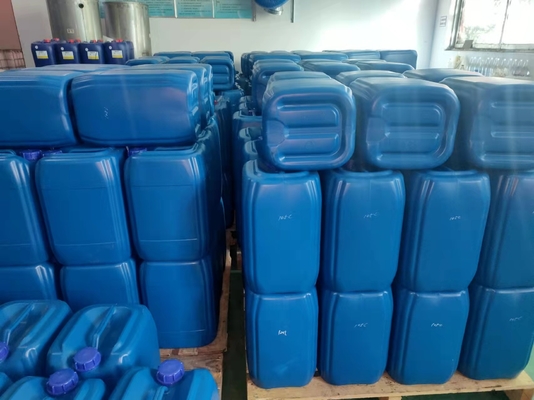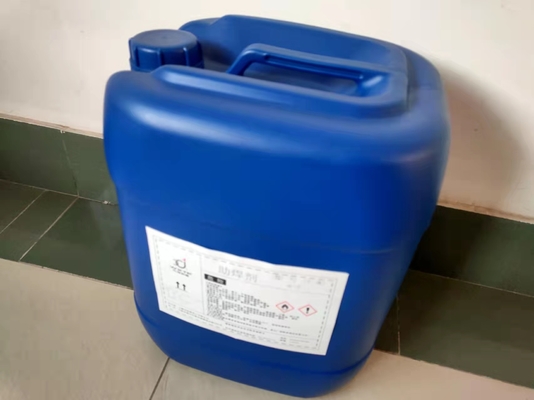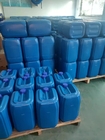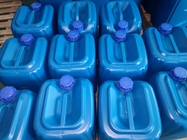Halogen Free No Clean Liquid Flux High Activity For Silver Soldering

Contact me for free samples and coupons.
Whatsapp:0086 18588475571
Wechat: 0086 18588475571
Skype: sales10@aixton.com
If you have any concern, we provide 24-hour online help.
x| Appearance | Colorless, Clear And Transparent | Solid Content (w/w)% | 4.5±0.5 |
|---|---|---|---|
| Specific Gravity (g/ml) | 0.805±0.008 | Closed Flash Point | 13℃ |
| Cl- Content (W/W)% | Not Detected | Insulation Resistance (85℃/85%RH) | >1×108Ω |
| Silver Chromate Paper Test | Pass | Storage Time | 12 Months |
| Highlight | Halogen free No Clean Liquid Flux,No Clean Liquid Flux high activity,liquid flux for silver soldering 0.805 |
||
Halogen-free no-cleaning flux high-activity flux colorless and transparent liquid
1. Introduction
◇ X-5 flux is a medium-solid content (4.5% solid content), halogen-free, high-activity no-clean flux. It can be used in foaming, spraying and other forms.
◇ Resin active system has excellent wettability on the surface of bare copper and solder layer.
◇ The welding of multi-layer boards with metallized small holes will show excellent penetration performance.
◇ There are very few residues on the PCB surface after soldering, and the solder joints are uniform and bright and full and can be tested without cleaning.
2. Features and advantages
◇ Halogen-free, high activity, medium solid content, no cleaning required, saving operating costs.
◇ Some special activators added in X-5 flux are used to reduce the surface tension between the solder mask and the solder, which greatly reduces the production of solder balls.
◇ The thermally stable activator in the medium solid content no-clean flux reduces the incidence of continuous welding defects in wave soldering and selective soldering.
◇ Very few residues, no corrosive residues, no stickiness on the plate surface after cooling, suitable for needle testing.
3. Instructions for use
◇ In order to meet the requirements of stable soldering performance and electrical performance reliability, the process establishment related to circuit boards and components must meet the requirements of solderability and ion clarity. It is recommended that the assembler put forward relevant regulations on the suppliers of related materials, and require the incoming material analysis certificate or the assembler to carry out incoming material inspection.
◇ Be careful to handle the circuit board during the assembly process. Only grasp the edge of the circuit board. It is recommended to use clean, lint-free gloves.
◇ Use X-C thinner to clean the conveyor belt, chain teeth and clamps regularly to avoid the increase of residues on the edge of the circuit board after assembly.
◇ When changing the type of flux, use X-C thinner to thoroughly clean the flux container, flux tank, flux spray system, etc.
◇ The density and uniformity of the flux coating are critical to the successful application of no-clean fluxes. It is recommended to use flux coatings with a density of 500 to 1500 micrograms per square inch.
◇ Preheating makes the flux on the circuit board dry, enhancing the removal of oxides and the formation of good solder joints. The preheating temperature depends on various factors, such as conveyor speed, types of devices and substrates.
◇ Use compressed air with degreasing and dewatering to foam when foam coating is used to maintain sufficient flux on the foam core. Use a pressure regulator to adjust the air pressure to produce uniform bubbles and optimal height.
◇ The flux applicator needs to add a thinner to supplement the evaporation loss and maintain the balance of the flux composition.
◇ Debris and contaminants will accumulate in the circulating flux coating. For the consistency of the soldering operation, the no longer used flux should be disposed of regularly. After emptying the flux, use the thinner to clean the container and other tasks, and then fill the container with fresh flux. The flux should be allowed to foam and stabilize for a few minutes before the soldering can be resumed.
4. Technical indicators
| Parameter | Typical Value | Parameter | Typical Value |
| Appearance | colorless, clear and transparent | Insulation resistance (85℃/85%RH) | >1×108Ω |
| Solid content (w/w)% | 4.5±0.5 | Acid value (mg KOH/g) | 21±3 |
| Specific gravity (g/ml) | 0.805±0.008 | Silver Chromate Paper Test | Pass |
| Cl- content (W/W)% | not detected | Recommended thinner | X-C thinner |
| Closed flash point | 13℃ | Storage time | 12 months |
5.Common tin point problems and treatment
| Cause of defect | 1 | 2 | 3 | 4 | 5 | 6 | 7 | 8 | 9 | 10 |
| Missing | √ | √ | √ | |||||||
| Duoxi Webbing | √ | √ | √ | √ | √ | |||||
| Tin Cave Viods | √ | |||||||||
| Pingoles | √ | √ | ||||||||
| Lcicles | √ | √ | √ | √ | √ | √ | √ | |||
| Coarse tin Graing | √ | |||||||||
| Bridging | √ | √ | √ | √ | ||||||
| Balling | √ | √ | √ | √ | √ | |||||
| Short circuit Shorts | √ | √ | √ |
Note: √ represents the possible cause
1. The flux is in poor contact with the bottom plate; the contact angle of the bottom plate solder is improper
2. The flux density is too high or too low
3. The speed of the conveyor belt is too fast or too slow. If it is too fast, it will be sharp and shiny; if it is too slow, it will be slightly round and thick.
4. Too much anti-oxidation oil or deterioration in the tin furnace
5. The preheating temperature is too high or too low
6. The temperature of the tin furnace is too high or too low, if it is too high, it will be slightly round and stubby, and if it is too low, it will be sharp and shiny.
7, the tin furnace wave crest is unstable
8. The solder in the tin furnace contains impurities
9. Poor wiring direction and arrangement of components
10. Improper handling of the leads of the original bottom plate
6. Flux picture
![]()











